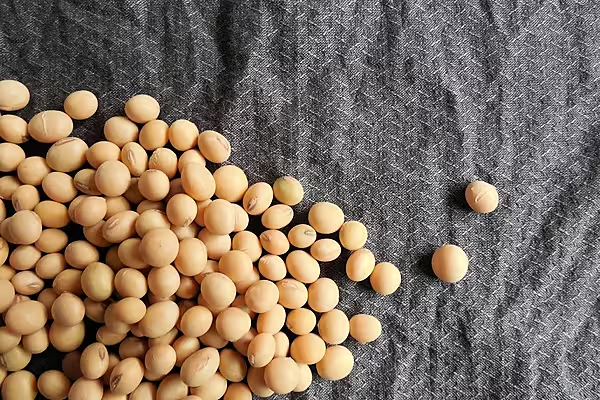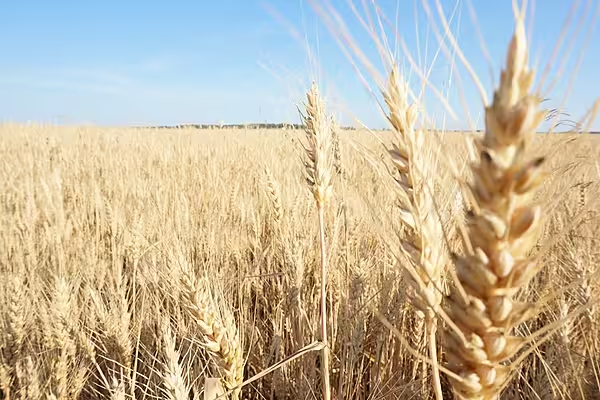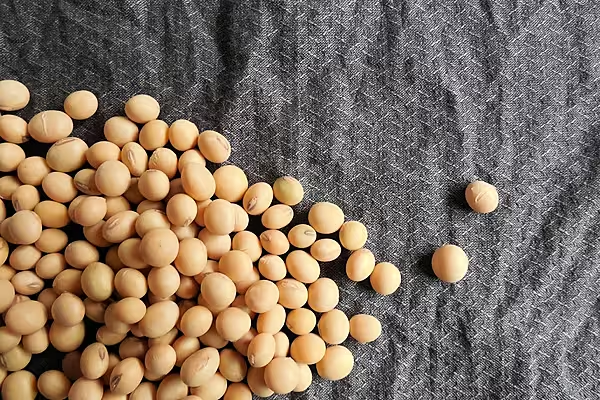A new fund to stabilize the price that coffee farmers in Colombia receive for their beans may be announced as soon as next month and start operating in 2017, potentially protecting farmers and allowing them to produce profitably at lower international prices.
The fund is intended to moderate sharp price drops in the world’s largest producer of mild washed Arabica, according to the head of the Colombian Coffee Growers Federation, Roberto Velez. Unlike previous support mechanisms, the stabilization fund won’t create a minimum price, Velez said.
“The construction is already 75 percent complete,” Velez said in an interview in his Bogota office May 13. “It will be a one-of-a-kind stabilization fund, more or less self-financing over time.”
The mechanism will need some external financing and the federation has held talks with possible sources including the Colombian government, the World Bank and the Inter-American Development Bank to provide this, Velez said. The costs of setting up and capitalizing the fund won’t be borne by consumers or exporters, Velez said.
El Nino
Prices for benchmark Arabica futures in New York are down about 9 percent over the past year, although the 20 percent fall in Colombia’s peso has helped sustain farmers’ income. In recent months the peso has strengthened along with oil prices.
“The sad thing for coffee producers is that we no longer rely on ourselves, but rather the oil price,” Velez said. “If the oil price goes up, the peso strengthens and our revenues fall.”
Colombia produced a crop of 14.2 million 60-kilogram bags in 2015, the most in more than two decades. A shortage of rains linked to the El Nino weather phenomenon will reduce this year’s crop to about 13 million to 13.5 million bags, of which 7 million are likely to be produced in the second half, Velez said.
Had it not been for El Nino, the country might have produced 14.5 million to 15 million bags this year, an indication of what 2017’s crop could be, Velez said. The La Nina weather phenomenon, which typically brings above-normal rainfall, may present a risk to the 2017 harvest, he added.
News by Bloomberg, edited by ESM. To subscribe to ESM: The European Supermarket Magazine, click here.














